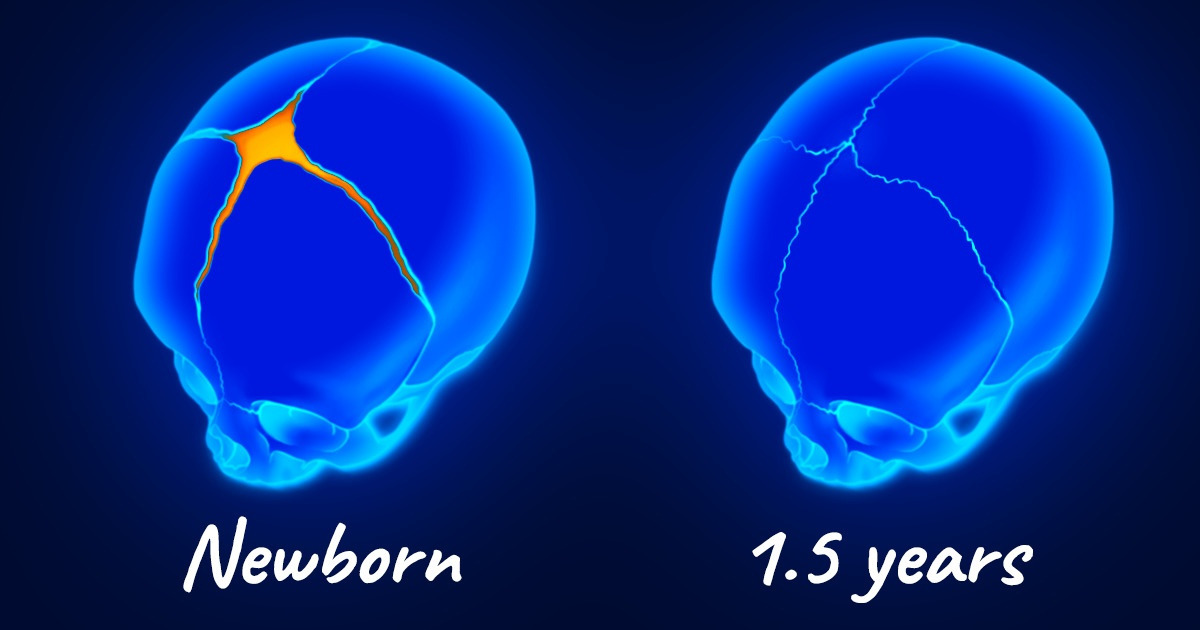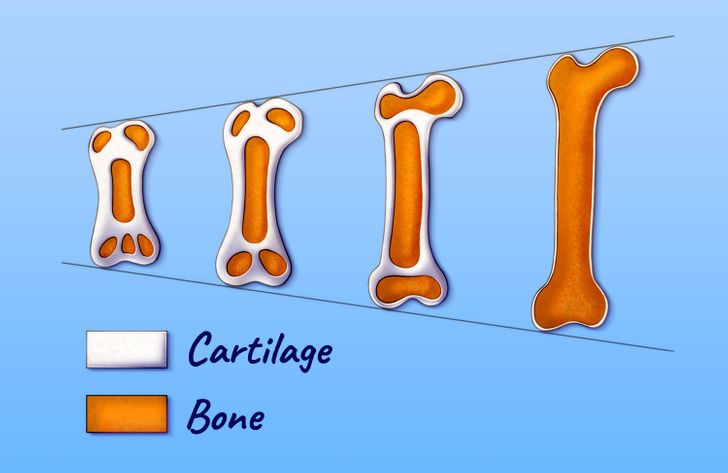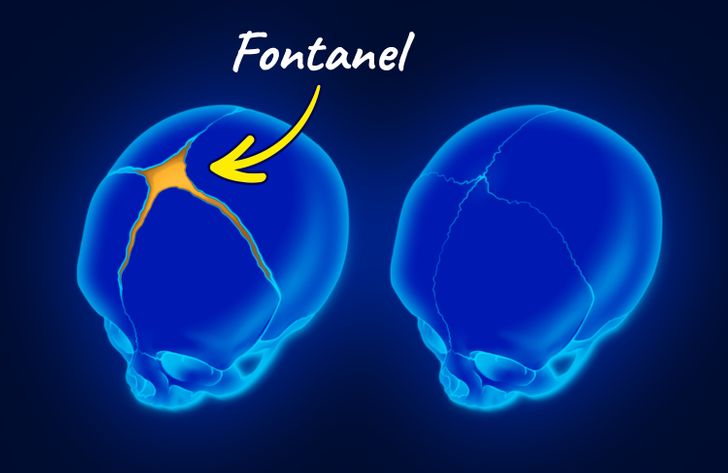How Many Bones Are in the Human Body

Few people know that newborns actually have almost 70 more bones than adults. But aside from that, there are quite a few more interesting facts about our bones, their evolution, their role, and the way they develop throughout our lives.
We at 5-Minute Crafts have collected some amazing facts about the human skeleton. And once you learn them, maybe you will have a different view of the lifestyle of modern humans.
Why newborns have so many bones

The word skeleton means “dried-up body” in Greek. Adult people have 206 bones. Newborns have more than 270 bones.
In a mother’s womb, babies’ bones are mobile and soft which is necessary for them to be born and grow normally. Bones become completely solid as we grow into adults.
When a baby is born, its bones consist mostly of cartilage. But over time, more and more bone tissue appears. Some bones become one, they grow solid, and people grow bigger and stronger bones, but then have fewer of them. So, cartilage tissue is replaced with bone tissue.

As one example: babies are basically born without solid kneecaps. Their knees only have cartilage. They become more solid later, between the age of 2-6.
When a baby is born, it already has 20 formed teeth.
On babies’ heads, there are fontanels. The smaller closes at around 2-3 months old. And the bigger one closes at around 18 months old. Even though there’s no bone tissue to protect the area, there is a fibrotic layer.
Why people’s skeletons are changing today
Bones are much more alive than we usually think. In museums, skeletons look pretty much exactly like each other. They are white, dry, and all the same. But when a person is alive, bones are pink, they are covered with blood vessels. And, most importantly, throughout life, they not only change according to their DNA but they also adapt to the reality around them.
There are several examples that make us look at bones from a totally different angle. As it turns out, people can change a lot depending on their lifestyle: people can become bigger, stronger, they might have wider shoulders.
Here are a few examples scientists talk about:
- Bipedal walking makes the pelvis stronger.
- Studies show that when children don’t walk enough, their skeletons become less strong.
As it turns out, every time we train our muscles, our bones become bigger too. Training once a week is not enough to develop the skeleton well. People don’t move enough nowadays. We need to walk long distances every day just like our ancestors did. So, we should be trying to walk as much as possible.
Another bone that has changed because of our habits is the jaw. For centuries, people didn’t have to chew on very hard food, so modern people have very different jaws now.
Bones don’t lie — they can make modern people think about their habits in order to remain healthy.